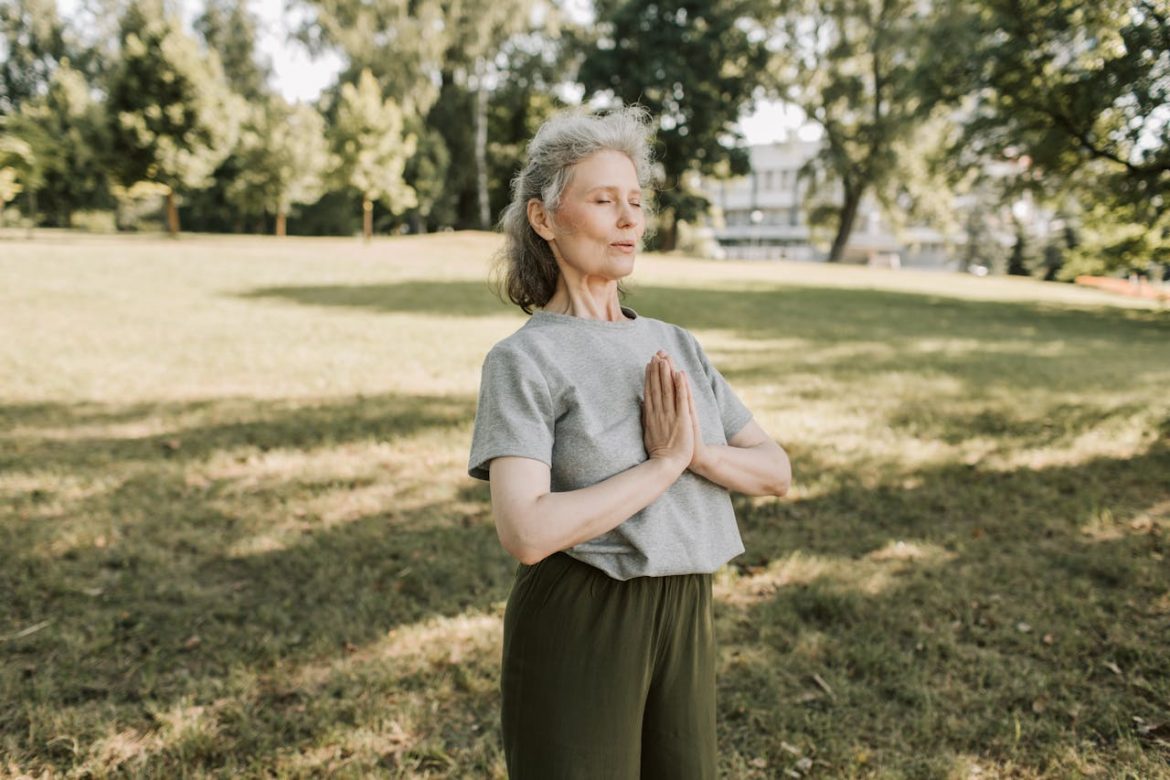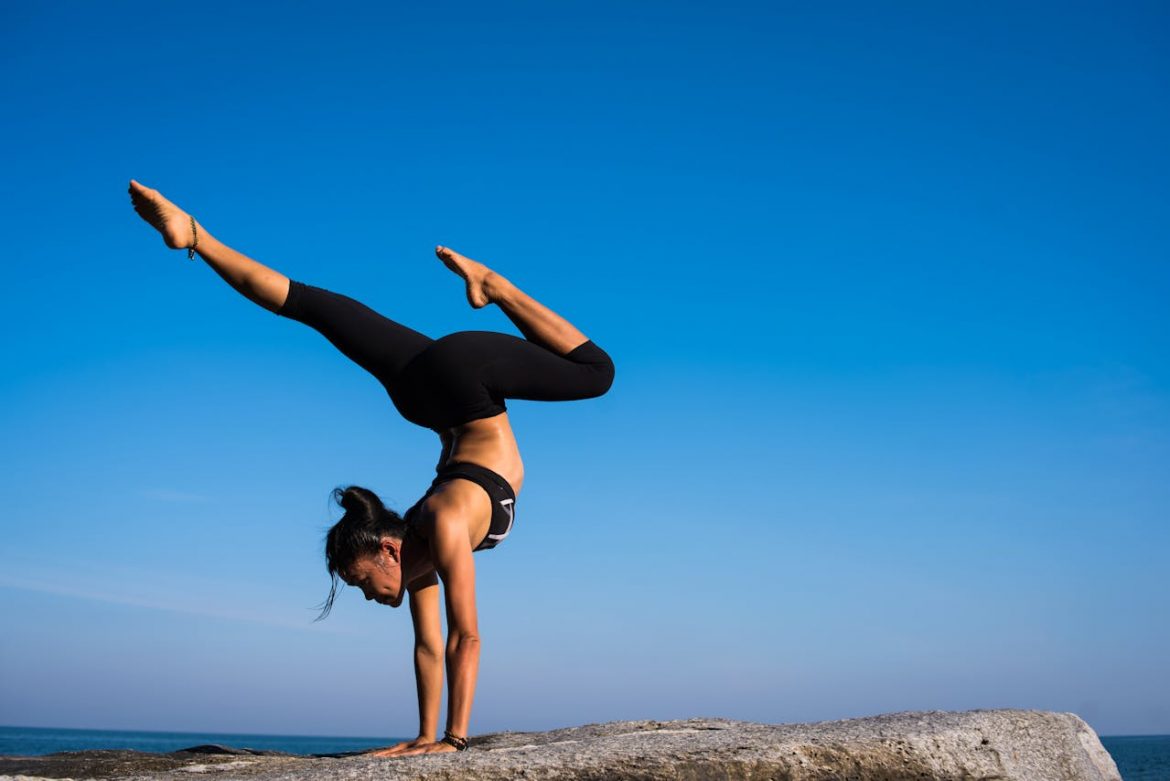As we age, our bodies undergo various changes that can affect our strength, flexibility, and overall mobility. However, aging doesn’t mean we have to accept decreased physical capabilities as an inevitable part of getting older. With the right approach to fitness and wellness, seniors can maintain, and even improve, their strength and mobility. Here are some effective fitness tips designed to help seniors age gracefully and live a vibrant, active life.
Start with Gentle Exercises
Beginning your fitness journey with gentle exercises is crucial. Low-impact activities such as walking, swimming, and tai chi are excellent choices. These activities help increase your heart rate without putting too much strain on your joints. Walking, for example, is a simple yet effective exercise that you can easily incorporate into your daily routine. Consider investing in a good pair of walking shoes from Nike to ensure your feet are well-supported.
Incorporate Strength Training
Strength training is vital for seniors as it helps combat muscle loss associated with aging. Light weights or resistance bands are great tools to start with. Brands like Resistance Bands offer a wide range of bands that cater to various strength levels, making them a suitable option for beginners and seasoned individuals alike.
Focus on Flexibility and Balance
Improving flexibility and balance is essential for preventing falls, which are a common concern among seniors. Yoga and Pilates are excellent practices for enhancing both flexibility and balance. You can find specialized yoga mats that provide extra cushioning and support from Manduka, which can make practicing yoga more comfortable and safer.
Stay Hydrated and Eat Well
Hydration and nutrition play a significant role in your fitness journey. Make sure to drink plenty of water throughout the day. Carrying a reusable water bottle from Hydro Flask can help remind you to stay hydrated. Additionally, maintain a balanced diet rich in fruits, vegetables, lean proteins, and whole grains to fuel your body for exercise.
Make It a Social Activity
Exercising with friends or in a group can make fitness activities more enjoyable and motivating. Look for local senior fitness classes or walking groups in your community. Engaging in group exercises not only keeps you physically active but also provides a great opportunity to socialize and meet new people.
Listen to Your Body
It’s important to listen to your body and not push yourself too hard. If you experience pain or discomfort, take a break and consult with a healthcare professional if necessary. Remember, consistency is key; it’s better to do lighter exercises regularly than to overexert yourself occasionally.
Set Realistic Goals
Setting achievable fitness goals can help you stay motivated and track your progress. Whether it’s walking a certain number of steps each day, mastering a new yoga pose, or improving your balance, having clear objectives can make your fitness journey more rewarding.
Aging gracefully with strength and mobility is entirely possible with the right mindset and approach to fitness. By incorporating gentle exercises, focusing on strength, flexibility, balance, staying hydrated, eating well, making it a social activity, listening to your body, and setting realistic goals, seniors can enjoy a high quality of life and maintain their independence. Remember, it’s never too late to start, so take the first step towards a healthier, more active lifestyle today.


